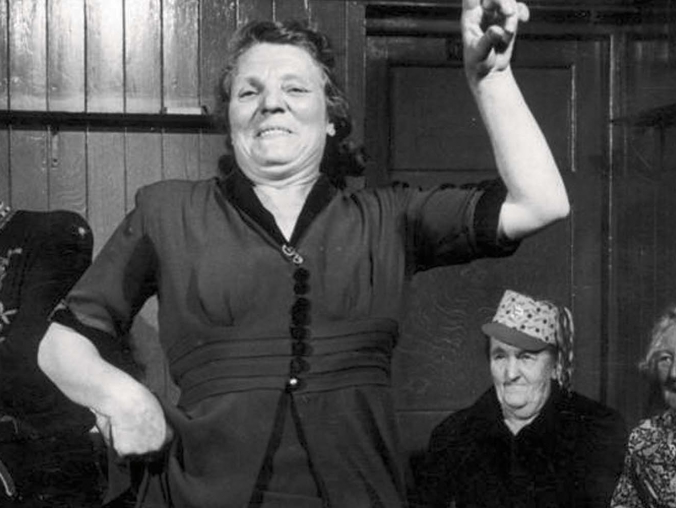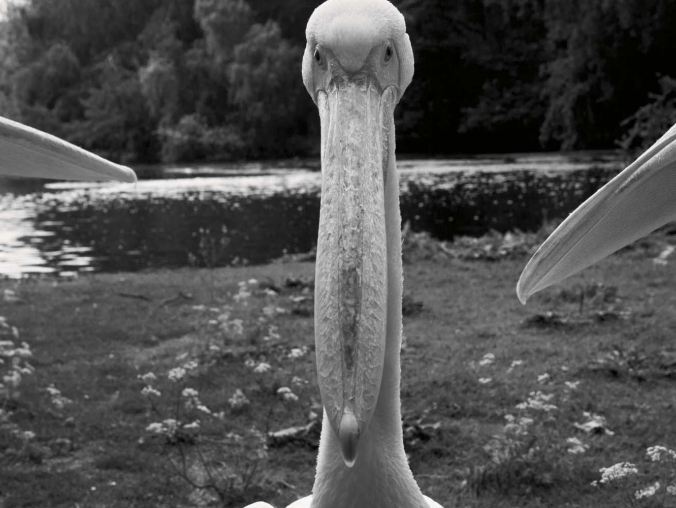

Five ways to take your pension pot
The options for using your pension pot are more flexible than ever. But it’s important to understand how your decisions will affect your retirement income in the future
Thanks to changes introduced by the government in April 2015, when you reach the age of 55 you now have more flexibility than ever when it comes to taking money from your pension pot. But before you do anything with your hard-earned cash, it’s important to take the time to understand your options, as the decisions you make will affect your income in retirement.
1. Leave the pot to grow
If you’re not desperate for the money now, you could leave your pension until you actually need it. You’ll benefit from any growth in the fund, and you can pay in more money yourself. If you’re in a workplace pension scheme, your employer will probably keep paying too, giving your pot a further boost. Although investment returns can’t be guaranteed, in general the longer you leave it, the bigger the pot. You won’t pay any tax on your pension until you start to take money out.
2. Buy an annuity
With an annuity, you pay an insurance company a lump sum of money from your pension pot and, in return, you get a guaranteed income for life, usually paid monthly. You can also build in extra benefits, like an annuity paid to your spouse when you die, or inflation proofing. The more extras you add, the more it will cost. Annuities can be the right choice for some people and shopping around for the best rate, especially if you have a health condition, can make a significant difference to how much you get. Annuity payments are taxed as income and usually paid after tax.
3. Take drawdown payments
If you like the idea of flexibility, then drawdown could be a good option for you. Your pension pot remains invested, benefiting from investment growth, and you can keep paying into it. You can also take money out at the same time, as and when you like. The trick is to make sure you don’t take out too much too quickly in case you run out of money too soon, especially if you want your pension pot to last long into your retirement. Drawdown payments are taxed as income, and you’ll normally get the payment after tax has been deducted.
4. Take some, or all, of your pot as cash
You can normally get up to a quarter of your pension pot as a tax-free cash payment. You can also take all of your pension pot as cash but, if you do so, only a quarter will be tax-free and the rest will be taxed. Because of the way the tax rules work, you’ll probably pay more tax than you should at first, although this will eventually be refunded by HMRC – usually by adjusting your tax code.
5. All of the above
If you want complete flexibility, then you could combine annuity, drawdown and cash, and leave part of your pension to grow. But getting the balance right between the different options is important, so it’s probably only suitable for people with larger pension funds and with the help of impartial financial advice.
A word about tax
The options available for pension pots are far more flexible now than they ever used to be. While this is great news, there can be severe tax implications if you don’t plan carefully. Everyone is different and will have a different tax situation and retirement vision. If you need guidance, it’s a good idea to seek impartial financial advice.
More for you
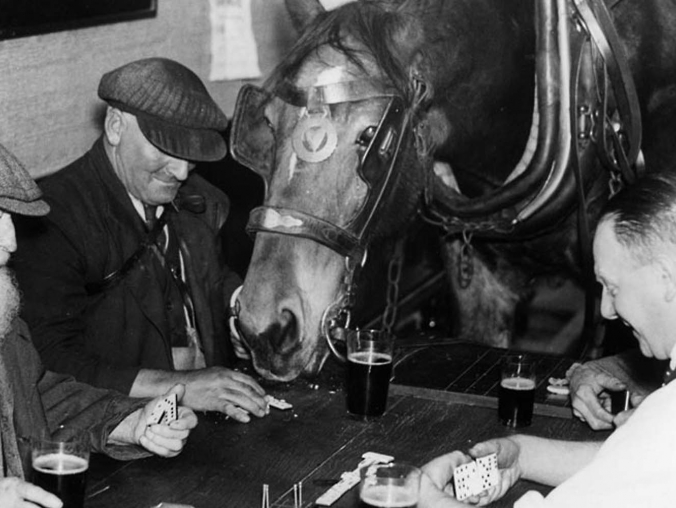
How to prepare your pension for retirement
With new pension freedoms providing a more flexible way of accessing your hard-earned cash, it is important to know what the options are
MORE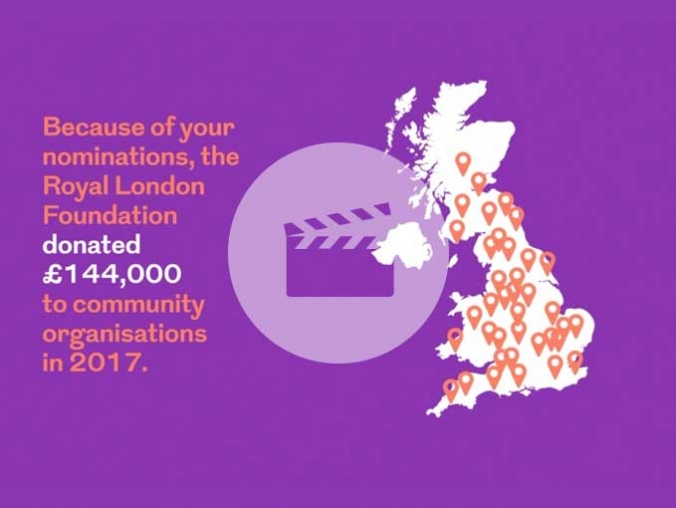
Royal London Foundation: supporting your communities
Thanks to your nominations, we’ve been able to provide funding for not-for-profit organisations across the UK. Here are a few stories of those who received support from us
MORE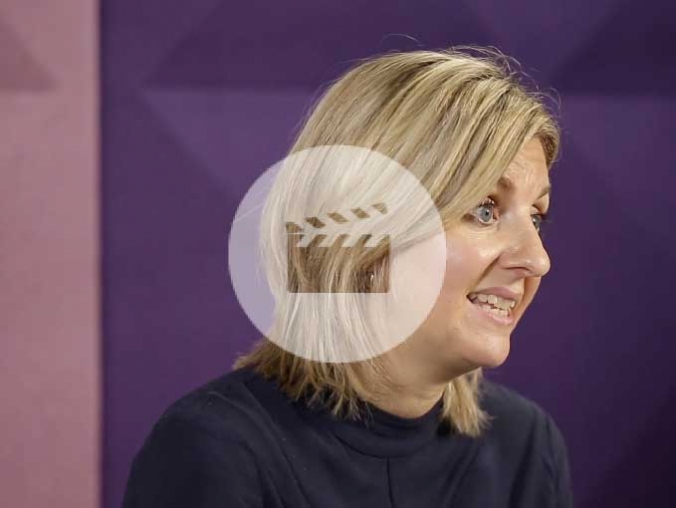
What happens to your pension money?
Lorna Blyth, Investment Strategy Manager at Royal London, and Trevor Greetham, Head of Multi Asset Investments at Royal London, tell you how they invest your retirement savings to help them grow
MORE
